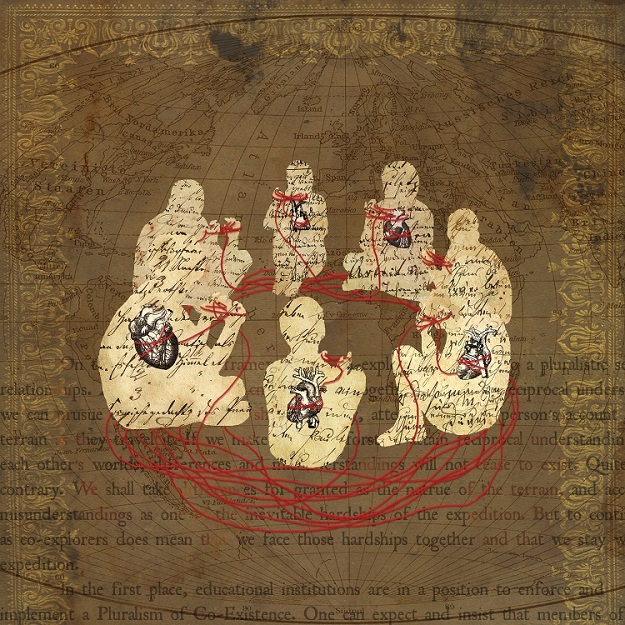Self-monitoring (introspection) method - self-observation means using the readings of the consciousness, the object to which it appears, the subject of the study, its psychic phenomena. In the research work the method is realized in two versions: immediate self-observation - here the studied person not only perceives and registers in a certain way the manifestations of his psychic phenomena and actions but also analyzes them in a meaningful aspect; immediate self-observation - here the investigated person only tells about the manifestations of his psychic phenomena and the data are registered, collected, processed and explained from a scientific point of view by the psychologist-researcher.

[image source](https://www.google.com/url?sa=i&rct=j&q=&esrc=s&source=images&cd=&ved=2ahUKEwjmr-DGi9PdAhWCGuwKHa5YBxkQjhx6BAgBEAM&url=https%3A%2F%2Fwww.pinterest.com%2Fpin%2F505036545708831828%2F&psig=AOvVaw0ZHHK89d_K40mXv8ChvM9u&ust=1537859590643972)
Observation method - is a purposeful, organized, planetary perception and regression of the objective external manifestations of the psychic phenomena of the investigated person. Observation along with self - observation is one of the oldest methods of psychological research. The psychological essence of the method is that between the objectively observed activity and the behavior of man and his subjective psychic phenomena, there is a legal relation, thanks to which, by observing behavior and activity, fully scientific substantiation can be made of the essence of the respective mental phenomena. Non-systematic observation is distinguished - it is mostly done in the natural experiment and systematic observation - conducted on a certain plan.
Observation can be subdivided into a complete and selective way. In the first case, the investigator fixes all the peculiarities of the behavioral studies available for maximum detailed observation. In the latter case, he only focuses on certain behavioral parameters or the behavioral pattern of the individual. The fixation of the monitoring results can take place during or after a certain period of time. All observed facts are subject to registration, without exception, without any pre-selection. Of particular relevance to the effectiveness of the observation method, the results obtained through it, has the problem for the researcher himself. He can be external, side-by-side with regard to the people observed, and carry out the so-called, unobserved observation. In some cases, in closed group studies, external surveillance is impossible. In these and a number of other cases, so-called surveillance should be used.
There are two types of monitoring included: - Observed people know that their behavior is fixed by the researcher; - Observers do not know they are subject to surveillance. In any case, the psychologist's personality - his professional qualities - plays the most important role in monitoring. The survey procedure with the observation method includes the following stages: determination of the stages and objectives; determining the object and subject, the situations; selecting a monitoring method that is least relevant to the subject; selecting a data logging method; drafting a monitoring plan; choosing a method for processing the results; analysis and interpretation of the semi-learned information. Various peculiarities of the verbal and non-verbal behavior of those surveyed can be observed. A particularly significant problem with the monitoring method is that of the reliability of the results.
--
---
[part 1](https://steemit.com/godflesh/@godflesh/methods-of-personality-and-group-study)
 hiveblocks
hiveblocks